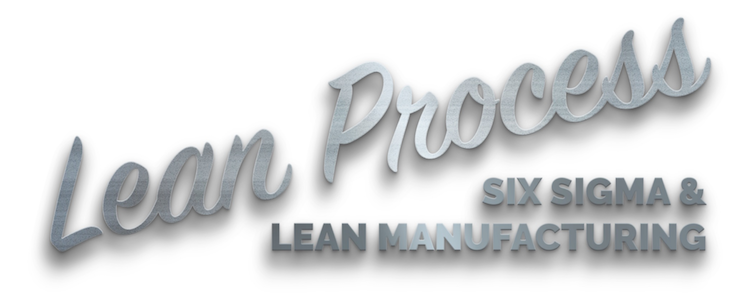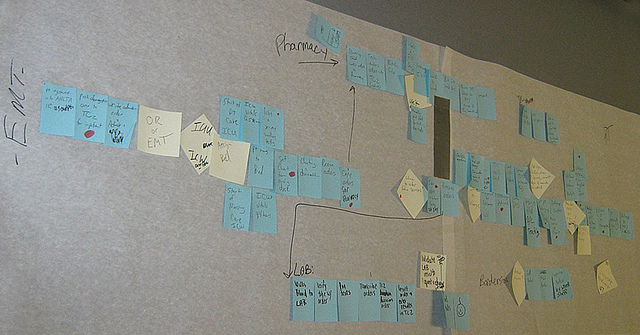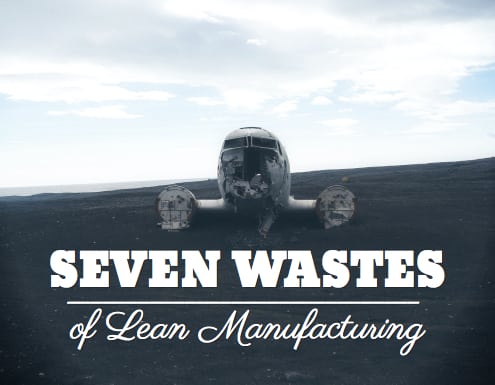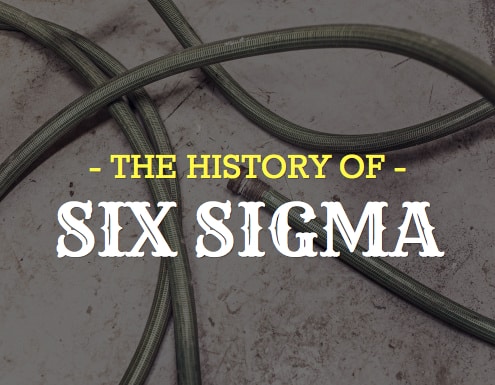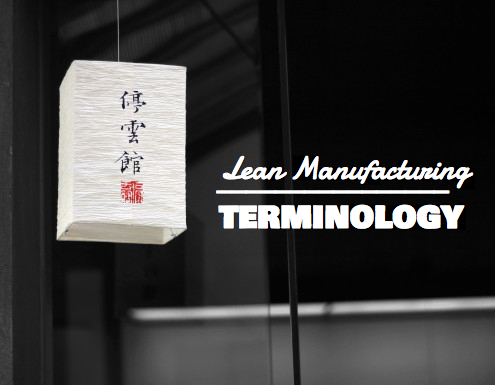
The Lean Process
When considering implementation of Lean methods, whether it be in a manufacturing or office based environment, the Lean Process will be fundamental.
There is a lot of literature and training available to help you with a lean strategy. The problem is that most of it falls in to one of two categories.
The first is material that provides an overview of the lean principles and its benefits. These tend to answer the what is Lean question.
The second type is specific to a tool or subset of techniques in the lean toolbox. An example of this is the Learning to See workbook on value stream mapping.
This material itself isn’t a problem, as it is very relevant for a specific purpose and generally very high quality. The problem is the gap that is often left uncovered: taking these overviews and tools and applying them methodically with a lean process. A random shotgun approach to process improvement: a bit of 5S here, a bit of standard work over there, and then some preventative maintenance in that cell; may produce some short term results. However, it more likely that theapplication of a rigorous lean process will produce far superior, longer-term results.
What is the Lean Process?
The lean process has four stages:Plan, Do, Check, Act. The first stage is to develop a plan for improving the results of a process. The Do stage involves executing the plan. This produces feedback that is then checked to confirm or adjust the plan. The final stage is to act based on the evaluation completed in the check phase.
Another way to think of it ishypothesis testing. A problem is experienced. A hypothesis is generated based on what could fix the problem. This is tested, and the hypothesis is confirmed or rejected.
As an example, imagine a manufacturing process that is producing high levels of scrap. In the plan phase, the team would brainstorm possible causes using lean tools like afishbone diagramor askingfive whys. Based on the most likely cause they formulate a plan to remedy the problem.
The do stage sees the team carry out the plan they just defined, which in this example might be to reduce the speed of the machine by a few rpm. They would then evaluate the effect of this change by monitoring the process closely.
In the check phase if they identify that the process is now producing even more scrap, they have learned something valuable about the process, and in the act phase could increase the speed and check again. Conversely, if they identify that the scrap has been reduced as a result of their change, again they have learned something. In this case they would assess if the change was sufficient or whether further cycles were needed.
The lean process is iterative. After one cycle, it may be necessary to continue with further cycles until the process is producing the desired results consistently. Think of it as a series of mini experiments, with the aim of learning as much about the process as quickly as possible. The final aim is tomake a change such that the problem does not return because the root cause has been eliminated.
Sustaining the Lean Process
One of the key success criteria for a lean implementation will be to what degree the process can be embedded and made part of the culture. A culture is defined as a set of unwritten rules and behaviours observed by a group. When the plan, do, check, act cycle becomes second nature for employees, the company will continuously improve. It is this day-to-day, step-by-step approach that yields stable processes, capable of delivering results in the long term. The new process also acts as platform for further changes and fine tuning, meaning that the improvements build on each other like compound interest.
Further information
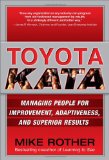 The lean process described above is one of the central themes in Mike Rother’s excellent book Toyota Kata. In it he describes the improvement kata that Toyota use to manage people and achieve superior results. This kata is based on understanding the current situation, determining the desired situation and then using repeated PDCA cycles to get there.
The lean process described above is one of the central themes in Mike Rother’s excellent book Toyota Kata. In it he describes the improvement kata that Toyota use to manage people and achieve superior results. This kata is based on understanding the current situation, determining the desired situation and then using repeated PDCA cycles to get there.
If you are interested in learning more about the lean process then this really is one of the best investments you can make. Your company, colleagues and customers will be glad you did!
